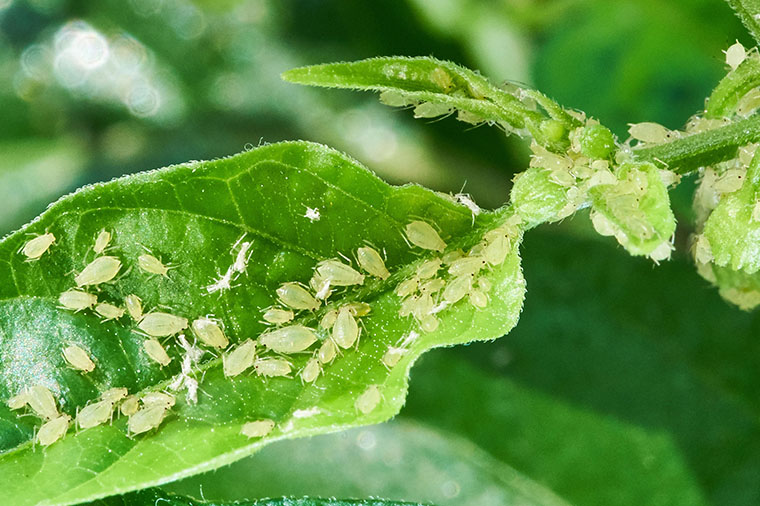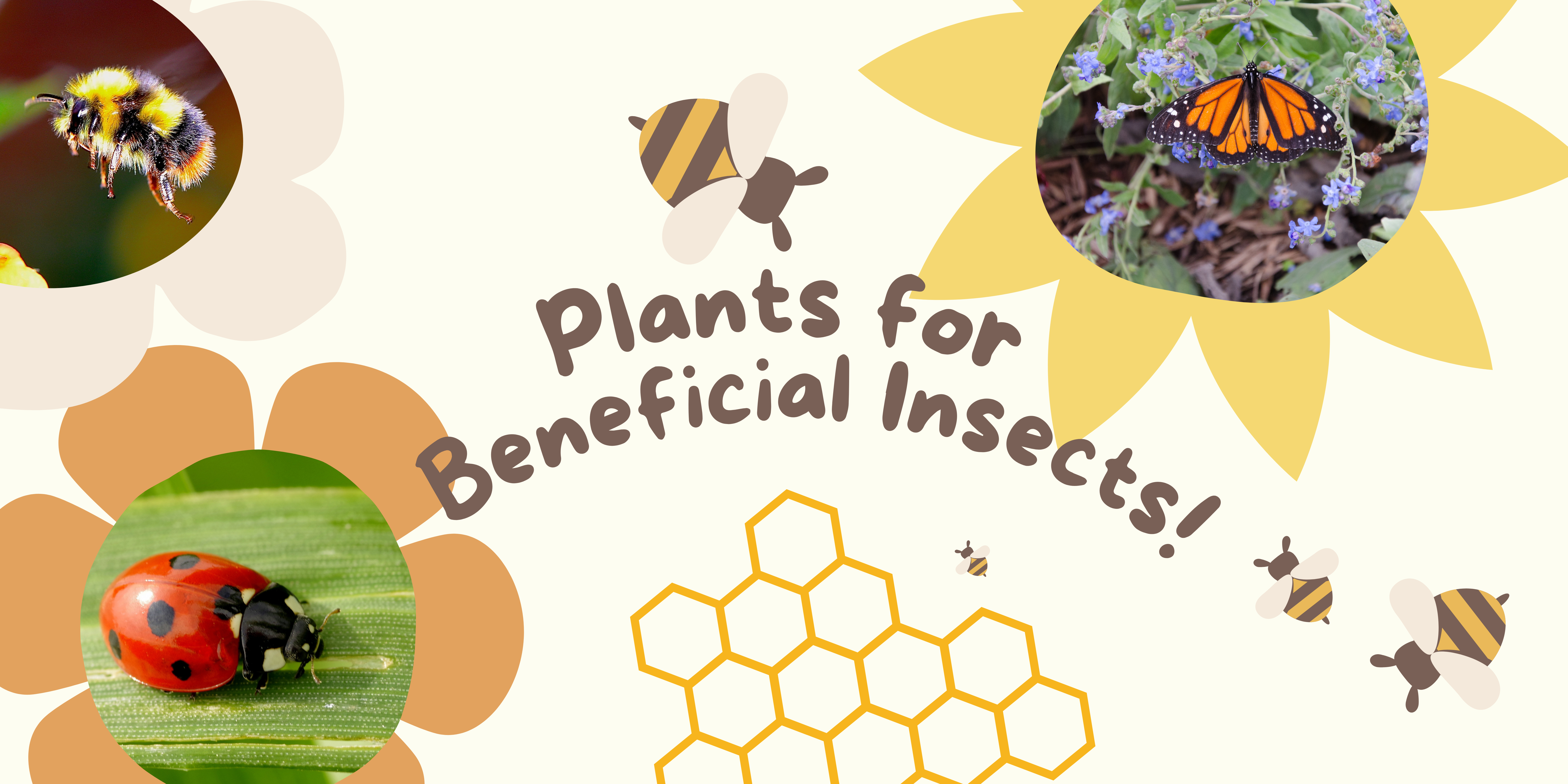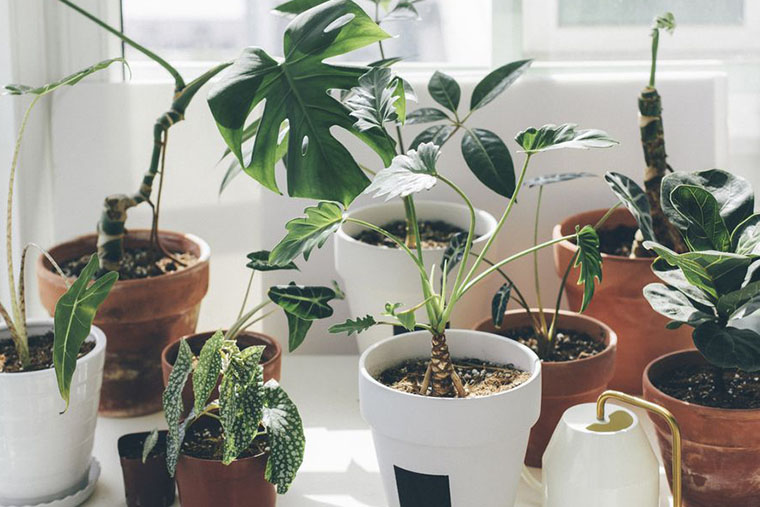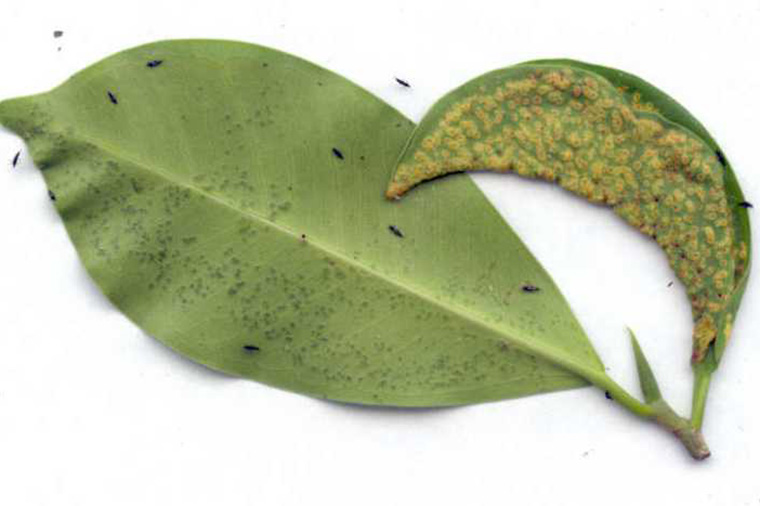What Are Aphids?

Aphids are very small, 2mm or less, and have a pear-shaped, soft body. They are often found in heavily populated colonies. Most species are pale green, but some are yellow, brown, black, and pink. Adults may or may not have wings and the nymphs are wingless. Their primary identifying feature is the presence of two cornicles, that look like tailpipes at their back end.
Aphids have a bizarre and complex life cycle that involves multiple generations. Most species begin their generational cycle by hatching from eggs that have overwintered on the stems of perennial plants. These eggs will hatch in the spring and quickly mature. The first-generation and second-generation adults will produce live young, continuously, during the summer without mating. Population growth is usually rapid and after just one or two generations, the winged aphids seek out summer host crops. In the fall, male and female winged aphids will appear to mate and lay the overwintering eggs… yes you read that right. Aphids reproduce both asexually resulting in live births continuously during the summer months and through mating resulting in eggs that are overwintered for the next season.
Typical host plants include peppers, cabbages, spinach, cantaloupes, celery, lettuces, turnips, cucumbers, peas, beans, tomatoes, and potatoes.
Aphids feed by sucking sap from leaves, causing them to turn yellow, curl, become deformed, and eventually fall off. They may also feed on buds, flowers, stems, and even roots, stunting plant growth. Aphids are also known to transmit viral diseases like the potato leaf roll virus or the powdery mildew fungus. In addition to sucking sap and transmitting disease, aphids also excrete a shiny, sticky substance called honeydew. Ants like to feed on honeydew and will be attracted to plants with a high number of aphids. Ants will also protect aphids from natural predators to maintain their supply of honeydew.
How to Manage Aphids
Avoid Over Fertilization
Extra nitrogen often means fuller more lush foilage, an ideal habitat for aphids.
Hose Down Your Plants
Hose down any infested plants with a strong spray of water from a garden hose to remove the insects. The spray washes off the wingless aphids, which are seldom able to return to their host, but rarely hurts pest predators. Repeat the water spray as often as necessary.
Invite Natural Predators into Your Garden
Effective predators of aphids include ladybugs, lacewings, and flower fly larvae. Many tiny wasps act as parasites of aphids too.
Insecticidal Soap
If aphids persist, try using insecticidal soap or other insecticides as long as they are safe to use on food crops. However, keep in mind that aphids can build a resistance to insecticides very quickly so use them sparingly in addition to one or more other control methods.
 |
| 



